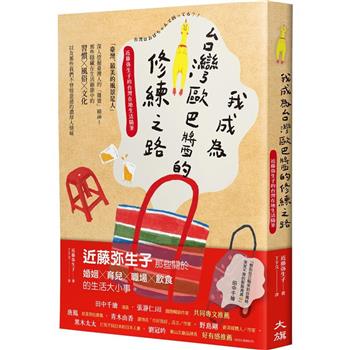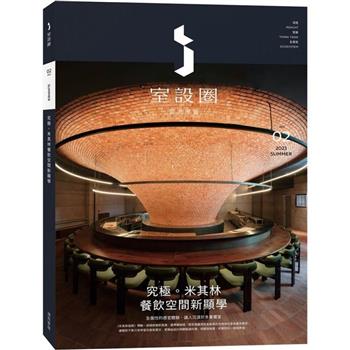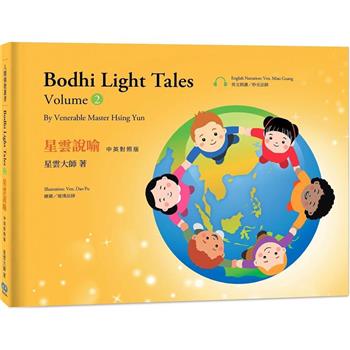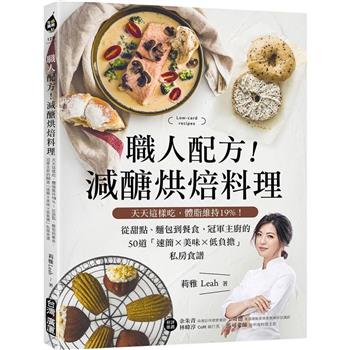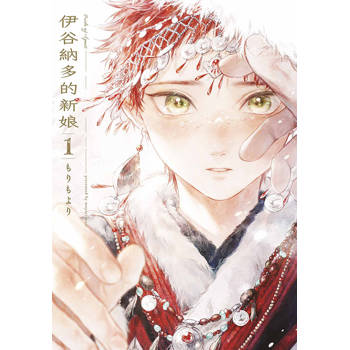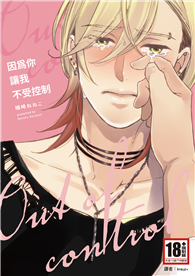The Medieval book, both religious and secular, was regarded as a most precious item. The traces of its use through touching and handling during different rituals such as oath-taking, is the subject of Kathryn Rudy’s research in Touching Parchment.
Rudy presents numerous and fascinating case studies that relate to the evidence of use and damage through touching and or kissing. She also puts each study within a category of different ways of handling books, mainly liturgical, legal or choral practice, and in turn connects each practice to the horizontal or vertical behavioural patterns of users within a public or private environment.
With her keen eye for observation in being able to identify various characteristics of inadvertent and targeted ware, the author adds a new dimension to the Medieval book. She gives the reader the opportunity to reflect on the social, anthropological and historical value of the use of the book by sharpening our senses to the way users handled books in different situations. Rudy has amassed an incredible amount of material for this research and the way in which she presents each manuscript conveys an approach that scholars on Medieval history and book materiality should keep in mind when carrying out their own research. What perhaps is most striking in her articulate text, is how she expresses that the touching of books was not without emotion, and the accumulated effects of these emotions are worthy of preservation, study and further reflection.

